The temperature and time required to inactivate PRRSV and PEDV on contaminated surfaces commonly found in supply entry rooms on swine farms was evaluated in a study conducted by Dr. Gustavo Silva of Iowa State University and funded by SHIC. To reduce the risk of virus introduction through contaminated supplies, recommendations include materials being held at 86°F for at least 24 hours. Another option would be to increase the temperature to at least 104°F, which allows the holding time to be reduced to 12 hours.
Using foggers in supply entry rooms for decontamination of fomites entering sow farms to mitigate risk is a common practice. However, recent research questions the efficacy of this method for pathogen inactivation, especially in complex situations where pathogens may be shielded by organic material or blind spots (Kettelkamp et al., 2019; Leuck et al., 2020).
In this study on time and temperature required for virus inactivation, PRRSV MN184, PRRSV 144 L1C variant, or PEDV were used. Surfaces included diamond plate aluminum and cardboard tested at four temperatures (68°F, 86°F, 104°F and 122°F) with six holding times (15 minutes, 60 minutes, six hours, 12 hours, 24 hours, and 36 hours). Once the surface temperature reached the desired condition, the coupons were held for the designated holding time. Negative controls remained at room temperature for 36 hours and positive controls remained at room temperature for 15 minutes. Three replicates of each treatment were performed and each coupon was inoculated with 2mL of virus or 2mL of media (negative control). Virus titration was performed for each sample after the holding time. Regression models and Weibull curves were built to assess the impact of temperature and time on virus inactivation.
Under the conditions of this study, PRRSV 144 L1C variant was inactivated on aluminum surfaces by heating coupons to 86°F for 12 hours and on cardboard surfaces by heating the coupons to 86°F for six hours. Regarding PRRSV MN184, virus inactivation was possible at 86°F after 24 hours on aluminum and at 104°F after 12 hours on cardboard. PEDV inactivation was achieved at 86°F after six hours on aluminum and at 86°F after 12 hours on cardboard. Virus was inactivated after 15 minutes and one hour at 122°F in aluminum surfaces for PEDV and PRRSV 144 L1C variant, but not for cardboard.
Consequently, this study provides data-driven recommendations for holding times at specific temperatures to reduce the risk of virus introduction at swine farms through contaminated supplies.
SHIC, launched by the National Pork Board in 2015 solely with Pork Checkoff funding, continues to focus efforts on prevention, preparedness, and response to novel and emerging swine disease for the benefit of US swine health. As a conduit of information and research, SHIC encourages sharing of its publications and research. Forward, reprint, and quote SHIC material freely. SHIC is funded by America’s pork producers to fulfill its mission to protect and enhance the health of the US swine herd. For more information, visit http://www.swinehealth.org or contact Dr. Paul Sundberg at [email protected].
Copyright 2024 | Swinehealth.org | Website by Heartland Marketing Group